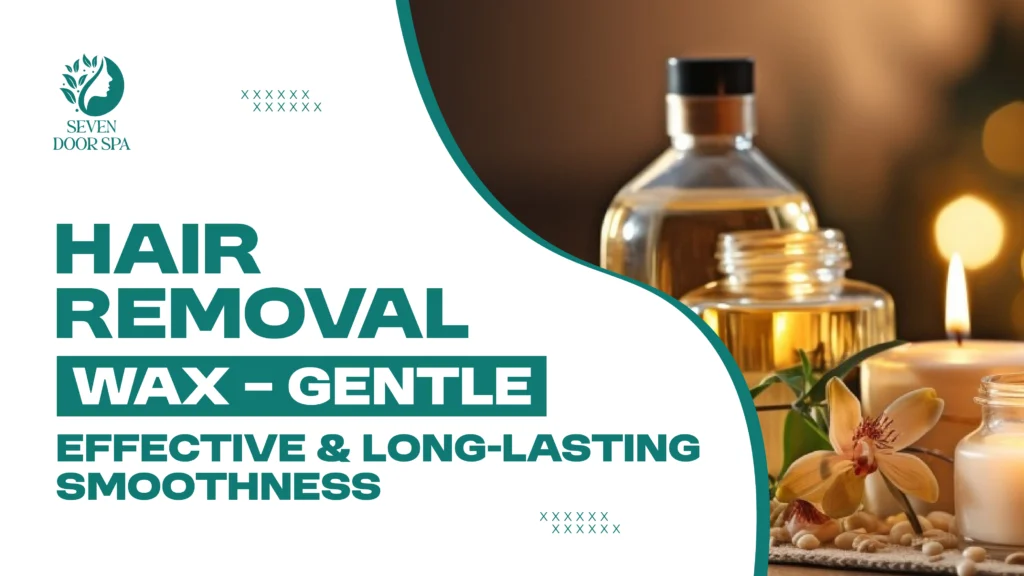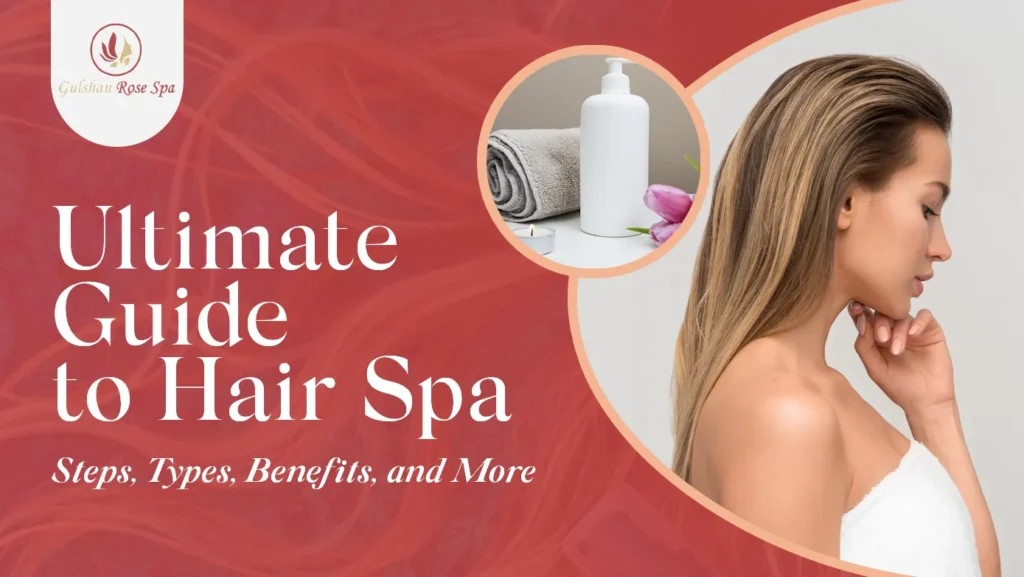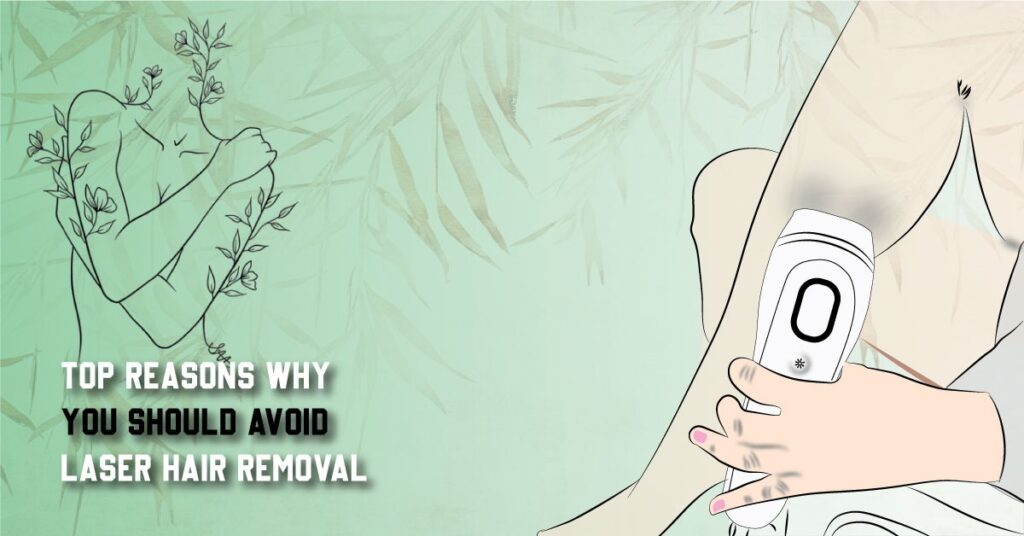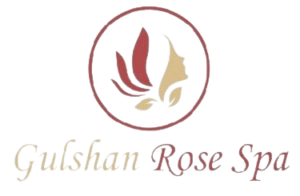Hair Removal Wax – Gentle, Effective & Long-Lasting Smoothness

Hair removal wax is a popular method for removing unwanted hair from the body. It pulls hair from the root, leaving the skin smooth and clean for weeks. Many people use waxing for areas like – legs, arms, face, and underarms. Waxing can help reduce hair growth over time. It is available in different types, […]
What is a Hair Spa? Types and Procedures Explained

A hair spa includes a relaxing head massage—everyone likes it. In today’s busy, full-of-hassle world, taking care of yourself is more important than ever. A hair spa is one of the best ways to do this. A hair spa primarily benefits your hair and scalp, improving their overall condition. In this blog, we’ll learn about […]
Why You Should Avoid Laser Hair Removal

From waxing to plucking, hair removal can be a painful process. This is why many individuals get laser hair removal technique, which is a more convenient and effective method for achieving smooth, hair-free skin. There are so many ways that can help to remove unexpected hair but only laser hair reduction treatment promises a long-lasting […]

